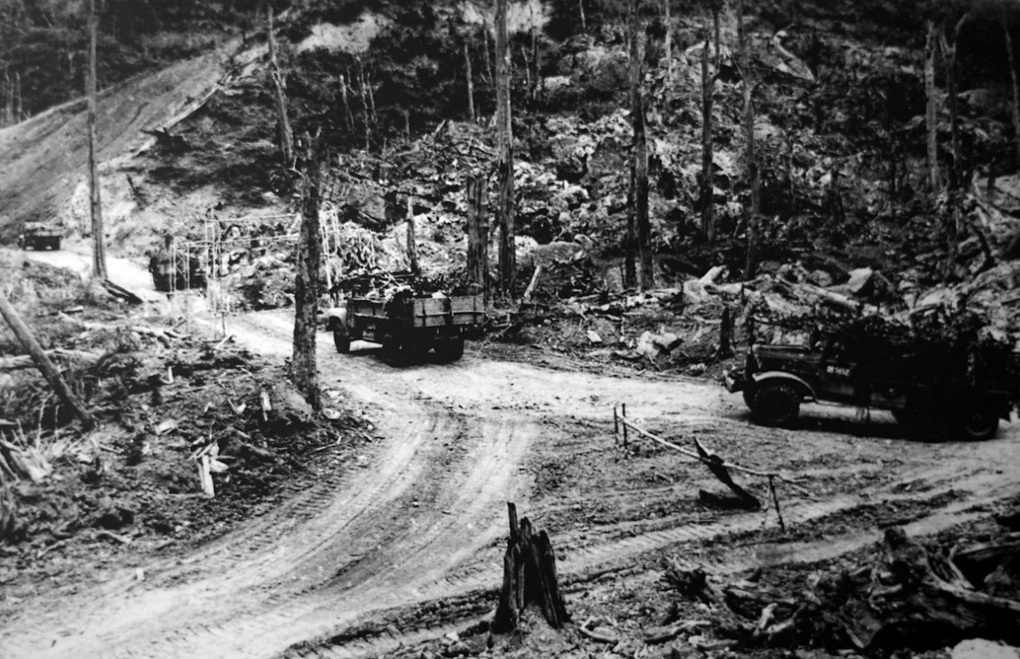
Trucks traveling between Truong Son to support the South (Photo: Document).
From the letter of a soldier who lost both legs in a military hospital to the turtle lamp crafted in the middle of the deep forest, Vietnamese soldiers invented a light as durable as moonlight, helping convoys cross mountains and forests, ensuring logistics and technical support for battlefields in the resistance war against America to save the country.
American historian Gabriel Kolko later wrote: “There is no doubt. The Truong Son Trail is a miraculous product of countless talented inventions, patience, and boundless human sacrifices.”
Light becomes a mark of death
Sharing with Dan Tri newspaper reporter, Lieutenant Colonel, Dr. Tran Huu Huy, Vietnam Institute of Defense Strategy and History, said that in 1965, the US deployed the Local War, massively sending air force to attack the North, aiming to block the supply line from the large rear base in the North to the large front line in the South.
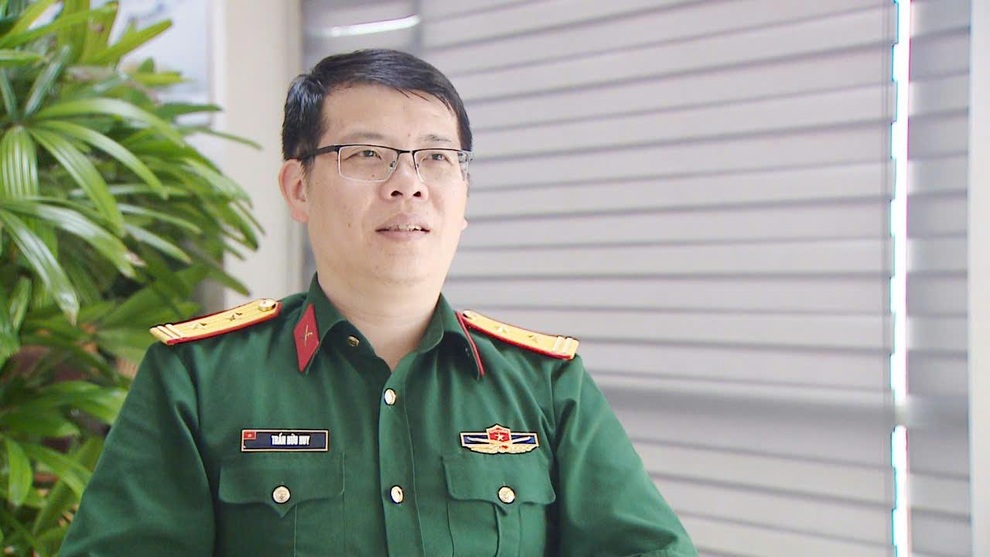
Lieutenant Colonel, Dr. Tran Huu Huy, Vietnam Institute of Defense History and Strategy (Photo: Provided by the character).
During this time, the Truong Son route supporting the southern battlefield had passed the stage of primitive carrying and had switched to motorized transport.
But the US imperialists sent planes to bomb fiercely, day and night, causing us a lot of damage. Cars running during the day were detected by the enemy, but at night if the lights were on, they could still see and shoot.
Transporting at night is usually safer than during the day, the vehicles are equipped with headlights, creating a small halo of light in front for observation. However, when going uphill, the light shines straight into the sky, still being detected and bombed by the enemy.
There were units that transported goods to the battlefield, but when they returned, only one-third of their vehicles remained. On the Truong Son fire line, each ray of light emitted could cost blood, a convoy, or even life.

The turtle lamp is kept at the Logistics and Engineering Museum (Photo: Logistics and Engineering Museum).
Meanwhile, the Ministry of Defense received a special letter. The writer was a driver of Regiment 559, who had lost both legs and was being treated at the Southern Military Medical Station.
The soldier urgently requested the Ministry of Defense to research and manufacture a special lamp to keep his teammates safe.
The letter was sent to Dinh Duc Thien, Director of the General Department of Logistics, and Professor Tran Dai Nghia, Deputy Director of the General Department. Immediately, a “secret project” was assigned to the Motorcycle Management Department.
Carrying out the task assigned by his superiors, Director of the Department of Motorcycle Management Vu Van Don directly directed a group of engineers including Lieutenant, engineer Pham Gia Nghi (Department of Motorcycle Management) and Captain Tran Van Hai to design and manufacture a new type of special lamp.
“It must be able to conceal enemy aircraft but must provide enough light for drivers to operate safely, ensuring smooth transportation on the Ho Chi Minh trail at night,” the requirement was set forth.
"Drag" the moonlight down Truong Son road
Engineer Pham Gia Nghi and his teammates started by searching through military lighting warehouses, including infrared lights used for tanks. But none of them were capable of fooling reconnaissance aircraft.
There is an important detail, which is that on full moon nights, convoys can still move without turning on the lights, thanks to the natural light from the moon being enough to see the road surface, avoiding rocks, potholes or dangerous curves.
They realized that to create a beam of light that did not reveal its position but still ensured visibility, the light had to be cleverly “directed” like the light of a full moon - a light that must go through two refractions.
From that discovery, the team designed a special lampshade shaped like a “turtle shell”.
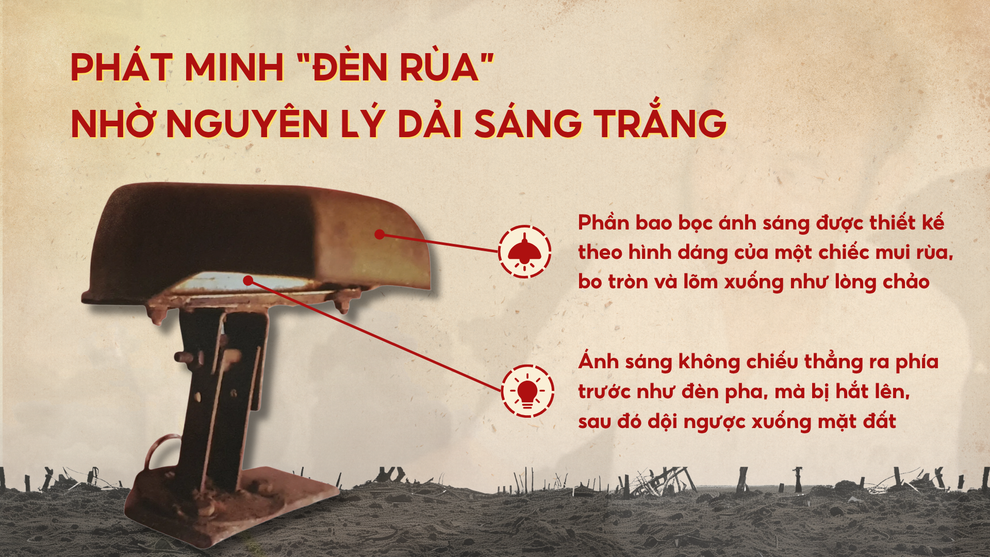
Many shipments have arrived safely, limiting casualties thanks to the invention of the turtle shell lamp (Graphic: Phuong Mai).
“Inside is still a normal truck light bulb. But the special thing is the lampshade. The part that covers the light is designed in the shape of a turtle shell, rounded and concave,” Dr. Huy shared.
This structure causes the light to not shine straight forward like headlights, but to bounce up and then back down to the ground.
Due to the reflective effect of the parabolic surface, the light is evenly dispersed into a blurred band, not gathered into a clear beam of light.
As a result, from above or from a distance, the light cannot be seen directly, only a faint streak of light like moonlight. This strip of light is 8m wide and up to 40m long, just enough for the driver to see the road, but also "invisible" to the enemy.
That year, the test was held right on the occasion of the Dinh Mui New Year (1967). The members of the survey team shared seats in the vehicles, passed through key points, accepted the dangers with the drivers and helped them believe that: The vehicles could run safely without being detected by enemy aircraft.
After the successful survey, Mr. Pham Gia Nghi's engineering team was ordered to go to Hanoi to report the results so that superiors could allow mass production at Factory Z - 117 to equip Truong Son drivers and units on the battlefield for use.
Thanks to the invention of the turtle-shaped lamp - the achievement of scientists in military uniforms - hundreds of shipments arrived safely, limiting casualties and losses, contributing to the overall achievements of the transport troops on the Truong Son strategic support route during the years of resistance against the US to save the country.
Source: https://dantri.com.vn/khoa-hoc/sang-che-anh-trang-che-mat-may-bay-my-giua-dai-ngan-truong-son-20250814075039514.htm



![[Photo] Prime Minister Pham Minh Chinh chairs meeting of National Steering Committee on International Integration](https://vphoto.vietnam.vn/thumb/1200x675/vietnam/resource/IMAGE/2025/8/26/9d34a506f9fb42ac90a48179fc89abb3)
![[Photo] Many people eagerly await the preliminary review despite heavy rain](https://vphoto.vietnam.vn/thumb/1200x675/vietnam/resource/IMAGE/2025/8/27/4dc782c65c1244b196890448bafa9b69)
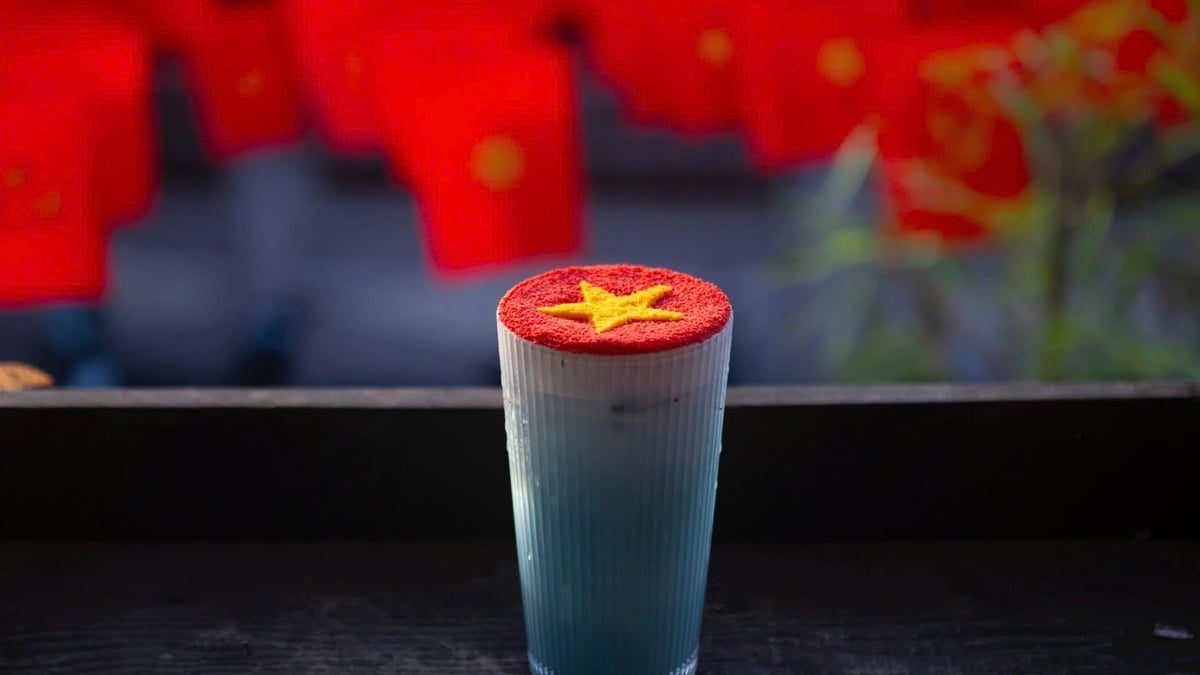
![[Photo] Brilliant red of the exhibition 95 years of the Party Flag lighting the way before the opening](https://vphoto.vietnam.vn/thumb/1200x675/vietnam/resource/IMAGE/2025/8/27/e19d957d17f649648ca14ce6cc4d8dd4)

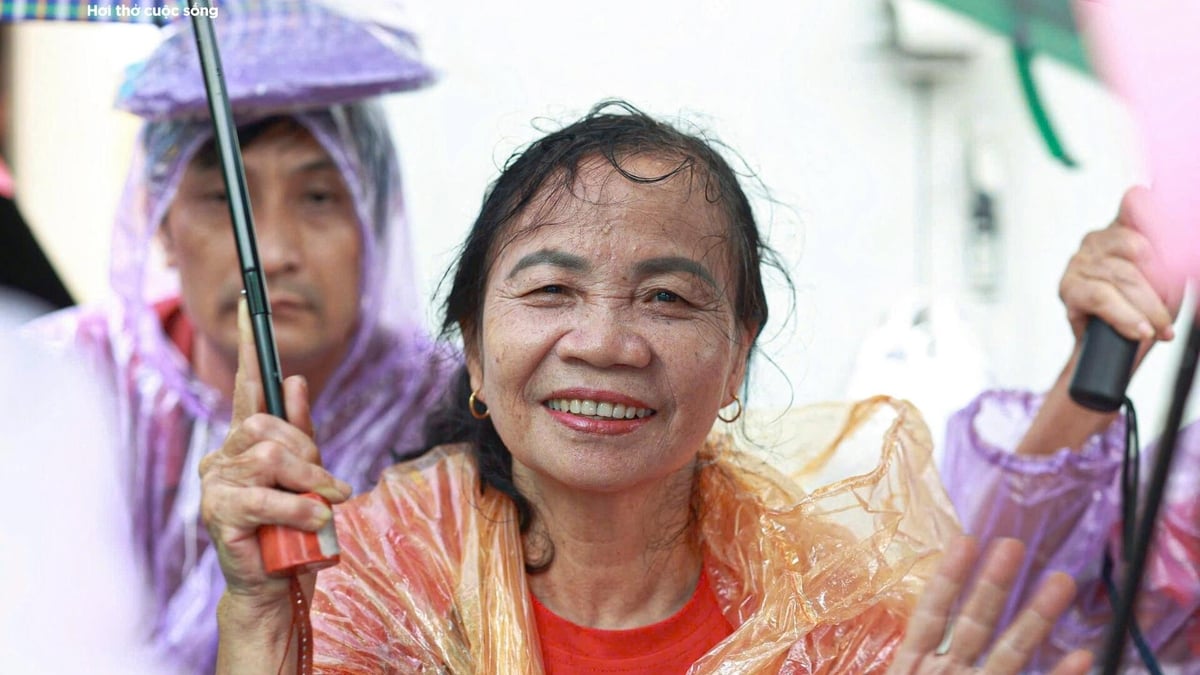
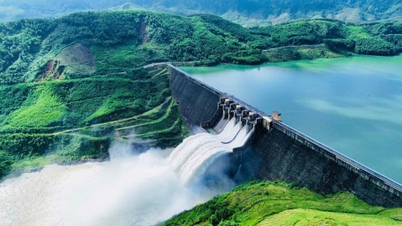

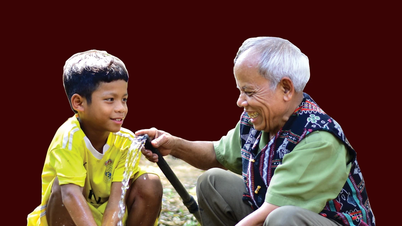

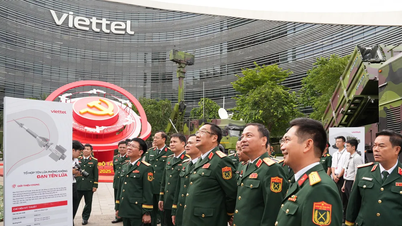

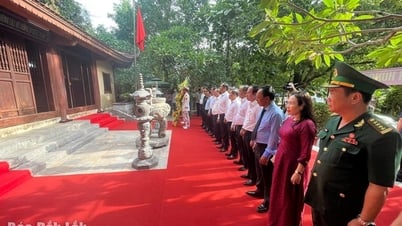

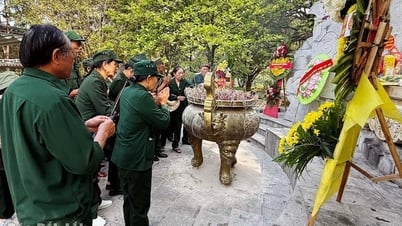
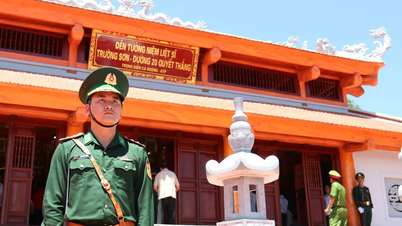


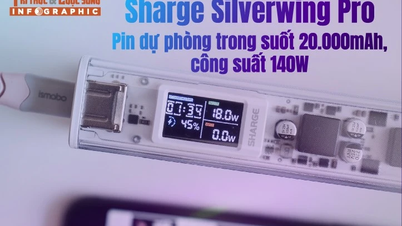
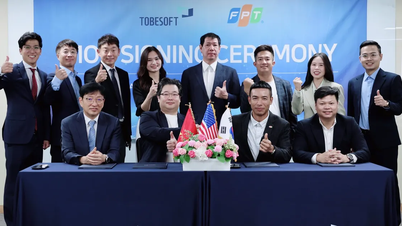
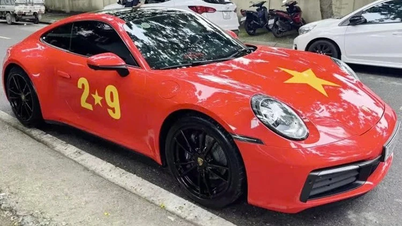
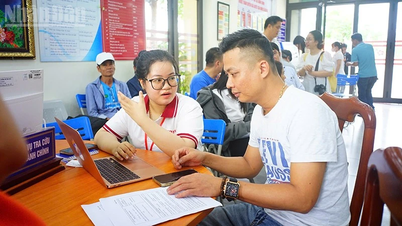
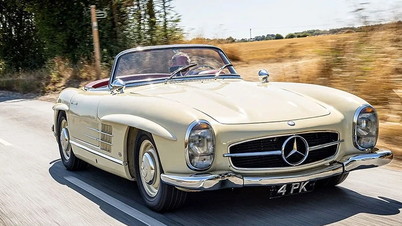




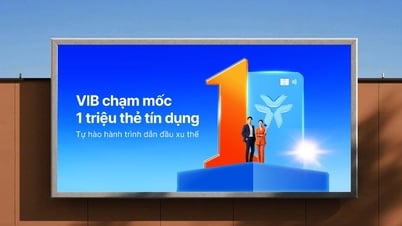
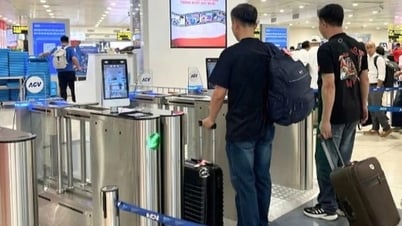
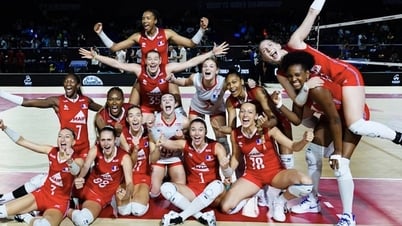
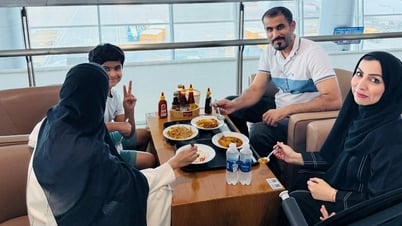

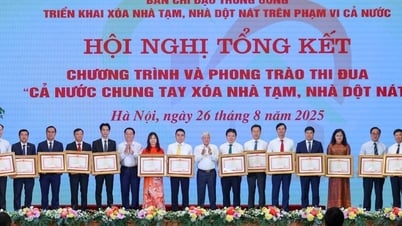
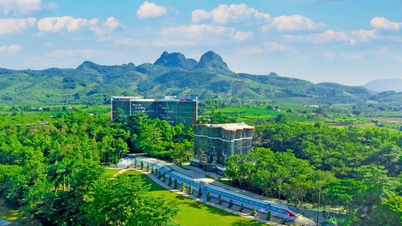
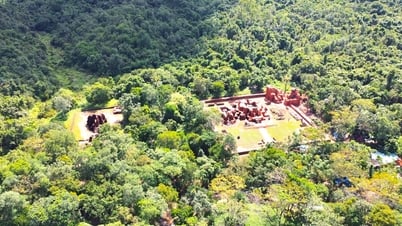

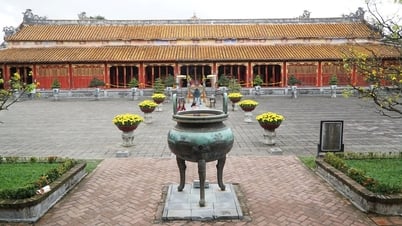

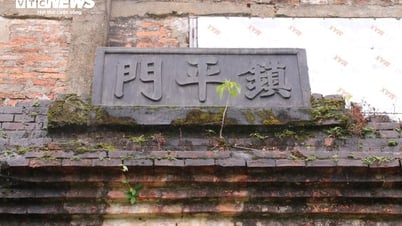

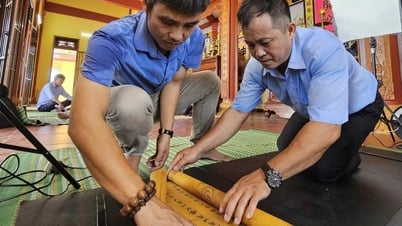


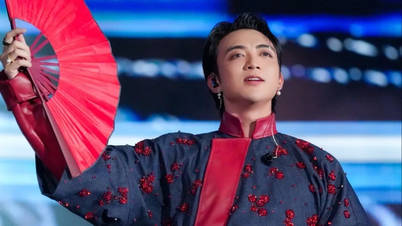
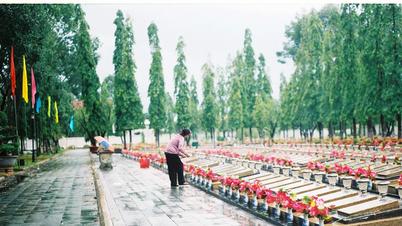
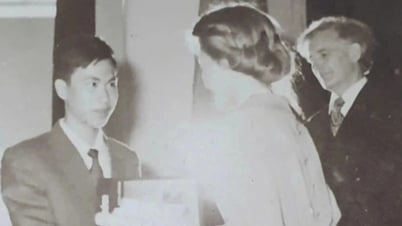
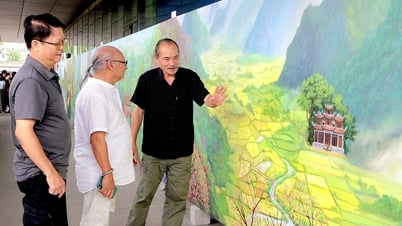

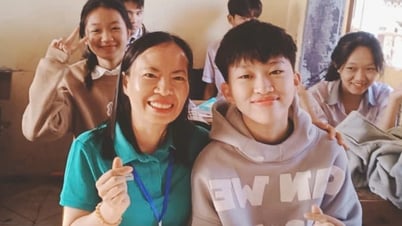




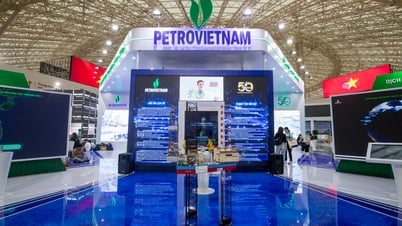
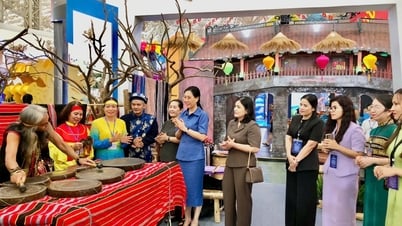
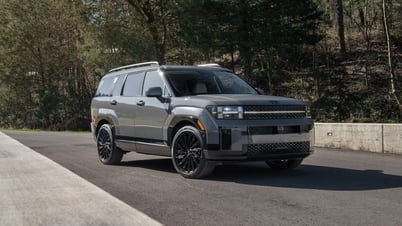
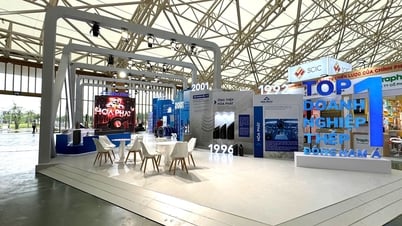
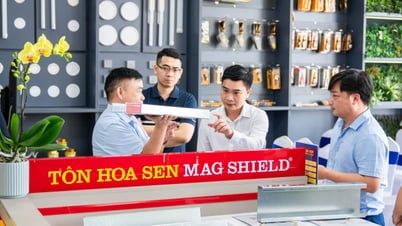
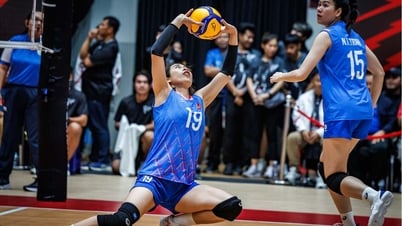


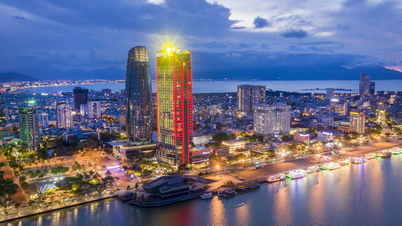
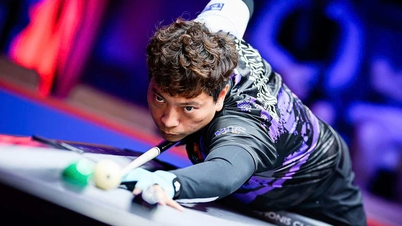
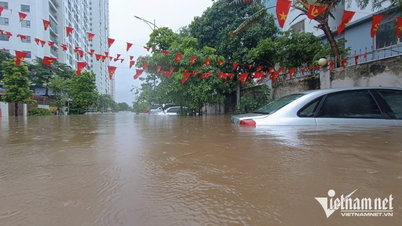
![[Photo] General Secretary To Lam attends Meeting with generations of National Assembly deputies](https://vphoto.vietnam.vn/thumb/402x226/vietnam/resource/IMAGE/2025/8/27/a79fc06e4aa744c9a4b7fa7dfef8a266)
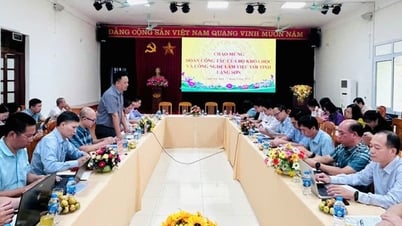

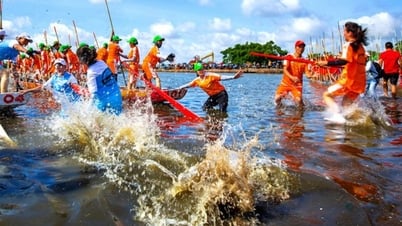

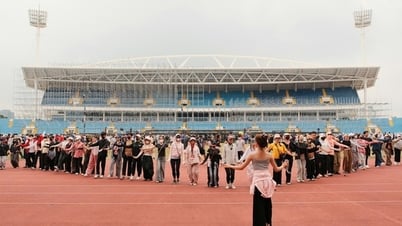
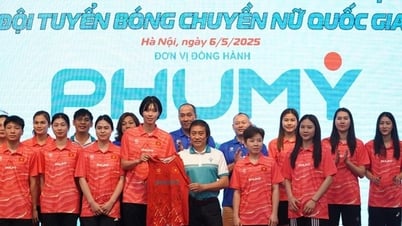
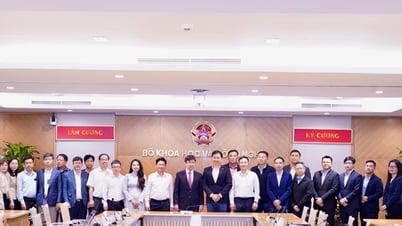

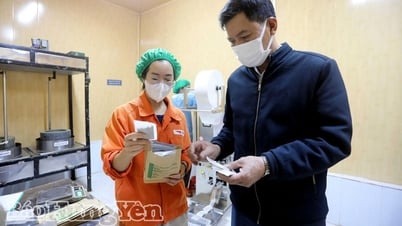

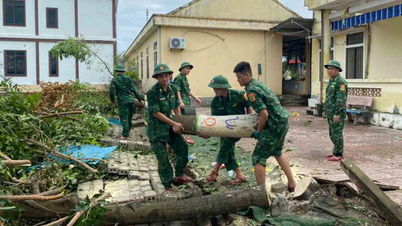
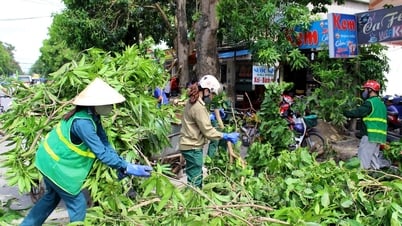


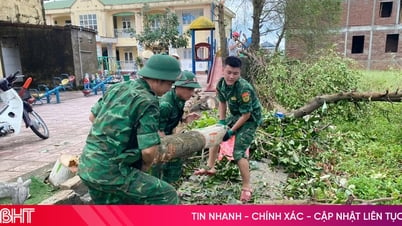




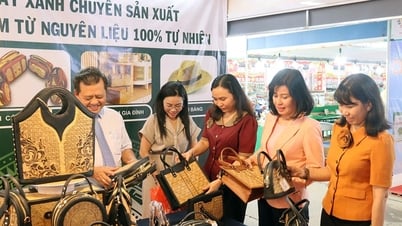
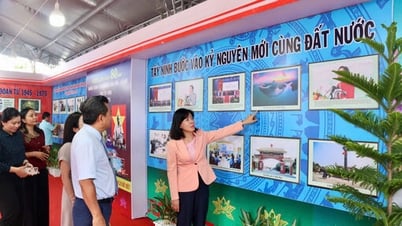






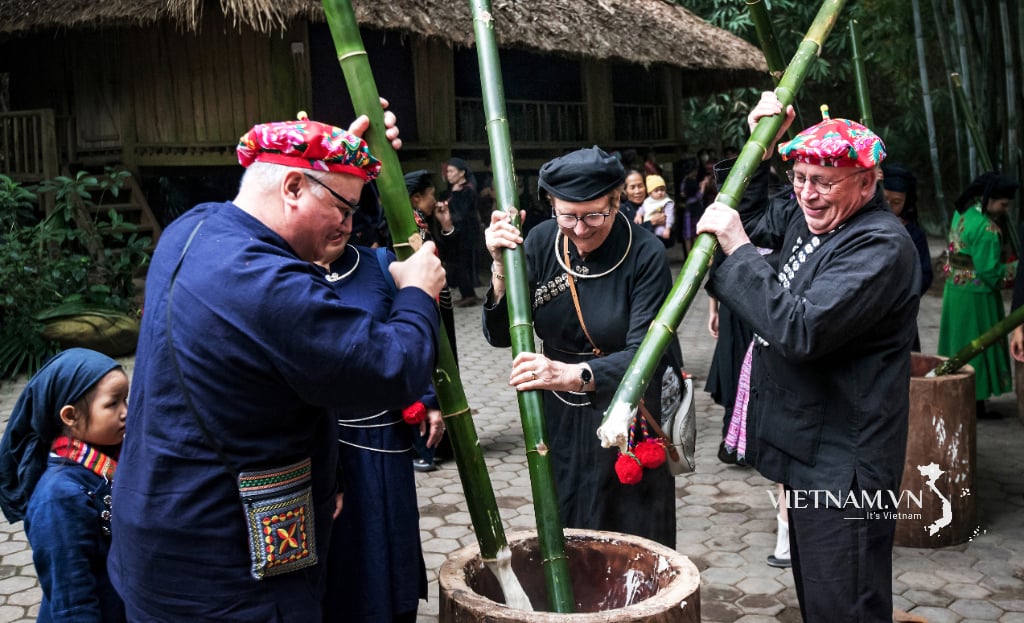

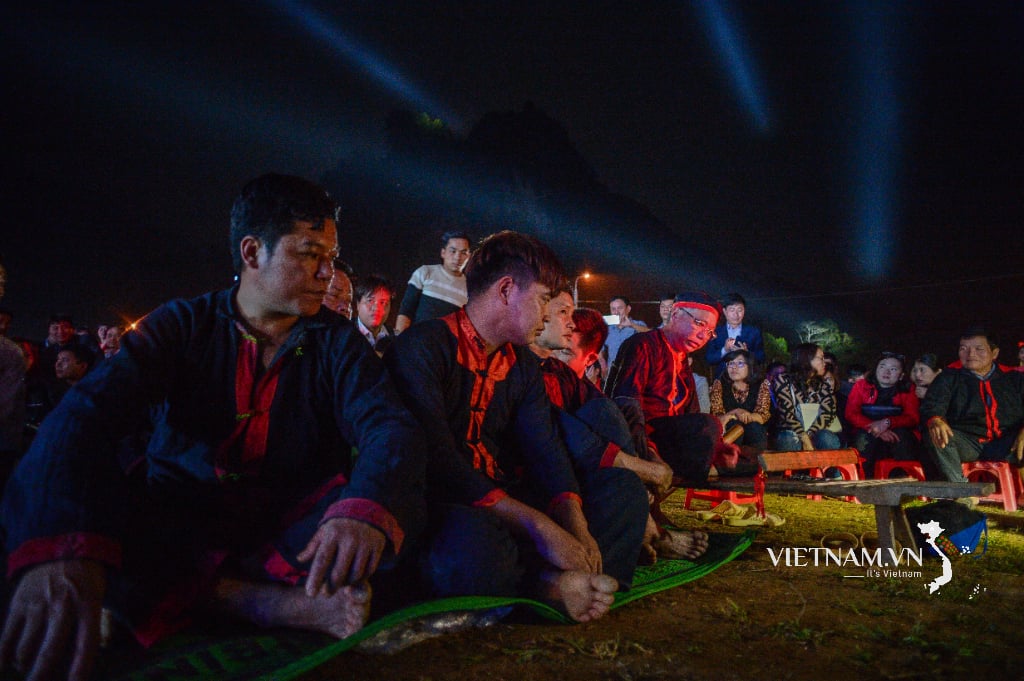
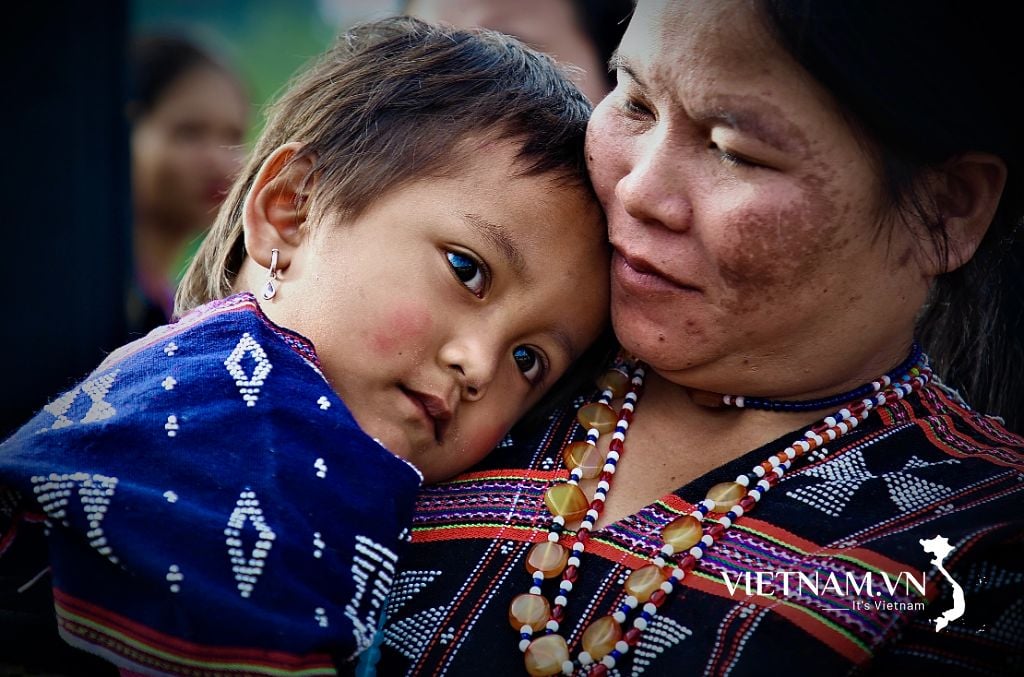
Comment (0)